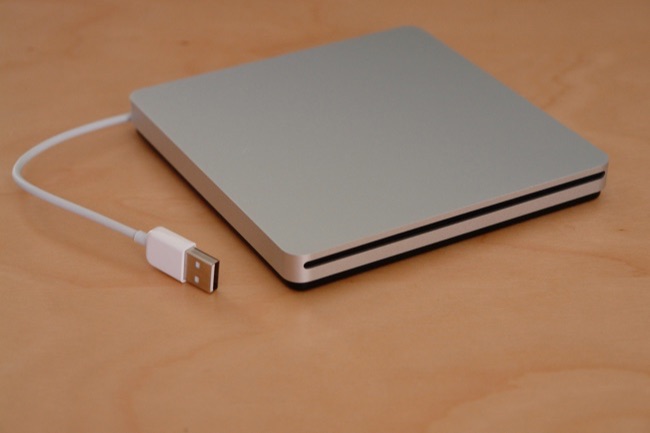

- #Mac disc drive set up how to
- #Mac disc drive set up install
- #Mac disc drive set up driver
- #Mac disc drive set up Pc
This tool installs a file system driver that allows you to access a Mac-formatted drive like any other drive in File Explorer, or any other Windows application with an open or save dialog. Paragon’s HFS+ for Windows is a bit fancier, but it’ll cost you. Option Two: Paragon HFS+ is $20, But Offers Write Access and Better Integration They’ll be copied to the location you choose on your PC. Just select the files or folders you want, click “Extract,” and choose a folder. You’ll see the contents of the HFS+ drive in the graphical window. Click the “File” menu and select “Load File System From Device.” It will automatically locate the connected drive, and you can load it.
#Mac disc drive set up Pc
To use HFSExplorer, connect your Mac-formatted drive to your Windows PC and launch HFSExplorer. You can set read-only mode in other applications, too–but, if you’re not going to use their write support, there’s less reason to pay for them.
It ensures that no bug in the third-party driver can damage your Mac-formatted drive and the files on it. This application’s read-only nature isn’t necessarily a bad thing. dmg disk images to get at the files inside them. But you can open HFSExplorer, read a Mac-formatted drive, and copy the files to your Windows PC without paying a dime.
#Mac disc drive set up install
You can’t use it to write to Mac-formatted drives, and it doesn’t install a file system driver that integrates into File Explorer. HFSExplorer isn’t fancy, though, and doesn’t have a lot of features. Then, install HFSExplorer like you would any other Windows program. It does require Java, however, so you’ll have to install that first. It’s the only completely free way to access a Mac-formatted drive. If you only need to get a couple files off the drive, we recommend HFSExplorer.
#Mac disc drive set up how to
RELATED: How to Restore Files From a Time Machine Backup on Windows Option One: HFSExplorer Is Free and Basic But be absolutely sure there’s nothing you need before you do. Of course, if the drive doesn’t have any important files on it, you can go ahead and format it. Just don’t format the drive until you get the important files off the drive. That’s fine, because other applications do. This message appears because Windows doesn’t understand Apple’s HFS+ file system. Neither one had any issues.When you connect a Mac-formatted drive to Windows, you’ll be informed that “you need to format the disk in drive X: before you can use it.” Don’t click the “Format disk” button or Windows will erase the contents of the drive–click “Cancel”!

So I quit Startup Disk and went back to Disk Utility, and I tried running First Aid on both Macintosh HD and OS X Base System. Startup Disk could not gather enough information on the selected disk. You can’t change the startup disk to the selected disk. Clicking restart, as one might expect, yields the following error message: So I thought I’d try quitting OS X Utilities without reinstalling OS X and see what happens.Īfter clicking on Choose Startup Disk, I get a blank list to choose from, with a restart button. But when I hit continue, it gives me an error message:Īn error occurred while preparing the installation. I restarted with cmd R to load OSX Utilities, and I used Disk Utility to wipe Macintosh HD, overwriting it three times and formatted as OS X Extended (Journaled).Īfterwards, after successfully connecting to my Wi-Fi, I clicked on Reinstall OS X, and it’s giving me the option to set up El Capitan (the OS X that’s installed, and from what I can tell, the latest that can be installed).

I’m helping someone with their old laptop (17”, mid-2009, if that matters).


 0 kommentar(er)
0 kommentar(er)
